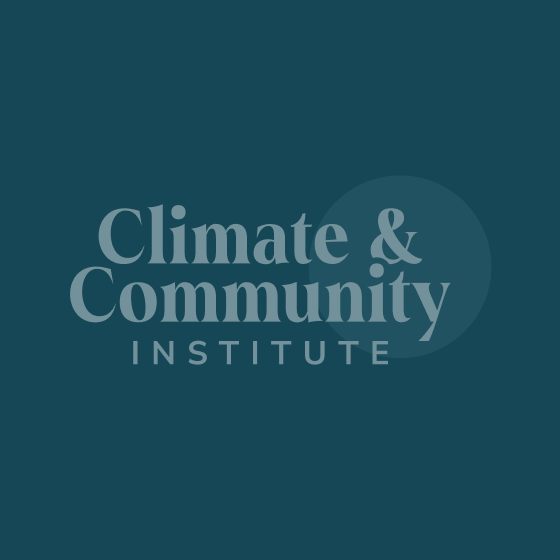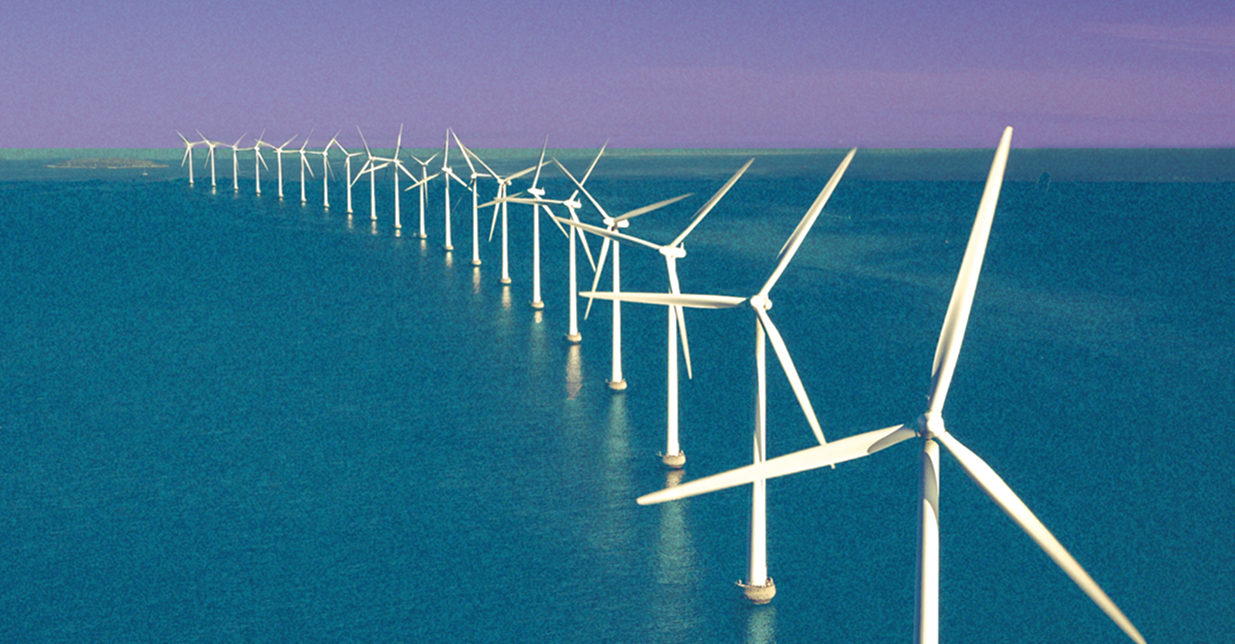Building Public Renewables in the United States
We propose a new Federal Public Power Program that would create a public option for renewable energy across the United States that can catalyze decarbonization and embed environmental justice in a new energy system. It offers an opportunity to counter the monopolized, fossil-fueled, and profit-driven status quo of today. In its place, a publicly owned and community-controlled system can emerge that grounds renewables in frameworks of rights and accessibility.
To do so, the Federal Public Power Program would inject straightforward, public investment into the electricity system. The investment would equip the United States’ robust network of existing public, cooperative, and Tribal utilities to make a just transition to renewable energy, as well as develop a number of new Regional Power Authorities (RPAs) to deploy a range of publicly owned renewable energy technologies. RPAs would act as important energy planning bodies with the ability to build and operate renewable energy projects and associated infrastructure in partnership with local communities. Specifically, the Program would bring a massive amount of renewable energy online by investing in:
- Existing publicly owned and cooperative utility energy providers
- Tribal Nations
- Newly authorized Regional Power Authorities
- Grants for democratic development and transparency
The Inflation Reduction Act (IRA) of 2022 made an important downpayment on the transition to renewable energy, and opened up some opportunities for public and community ownership of the renewable energy system. However, it still invests in an all-of-the-above energy strategy that primarily offers tax incentives to drive the manufacture and deployment of renewable power. The transition to renewable energy requires far more than just a technological swap driven by private companies. It requires reordering the electricity system so that it values good-paying jobs, justice, and democracy. The proposed Federal Public Power Program can enable that transformation at scale.
“Imagine solar spanning the Sunbelt in the Southwest, wind farms whirring across the plains of Iowa, and expansive rooftop solar on Puerto Rican households, publicly owned and deployed at a far faster pace than the private sector has provided.”
Jobs: A federal public renewables strategy can help create unionized, high-paying, and high road jobs. As a federally deployed program, it can mandate workers directly employed or contracted through it to receive prevailing wages under the Davis–Bacon Act. The Program can also attach important strings to disbursement or procurement, such as Project Labor Agreements or apprenticeships that guarantee stability and continuity for the workforce. We also propose important commitments to develop a multiracial workforce through robust local-hire commitments and prioritizing workers from environmental justice communities.
Justice: Within the United States, the disproportionate burdens of an extractive energy system have been borne by BIPOC and working-class communities—often described collectively as “environmental justice communities.” This program offers an opportunity to move beyond a decarbonization or profit motive framework, and instead conceptualize the development of renewable energy as a public good. The program could be crucial to achieving President Biden’s Justice40 commitments, with the power to directly invest 40 percent of all investments, as well as any profits generated beyond system reinvestment, in environmental justice communities. The IRA largely fell flat in delivering Justice 40, with only about 16 percent of funds earmarked for disadvantaged communities. We also propose that by combining a public approach with community engagement and partnership at different scales, the program can better serve to build community wealth and engender local buy-in.
Democracy: We see public ownership as a tool to produce higher accountability to community members and shift control over the energy transition. The ultimate owner and decision maker of the energy source is the public instead of a Wall Street bank or high-paid executives in corporate boardrooms. Importantly, top-down federal government processes have been known to be co-opted, and the program takes explicit care to propose robust governance that brings stakeholders at multiple scales—including workers, communities, and environmental advocates—to the table.
Imagine solar spanning the Sunbelt in the Southwest, wind farms whirring across the plains of Iowa, and expansive rooftop solar on Puerto Rican households—publicly owned and deployed at a far faster pace than the private sector has provided. This is the future that the Federal Public Power Program could help to bring to fruition.




